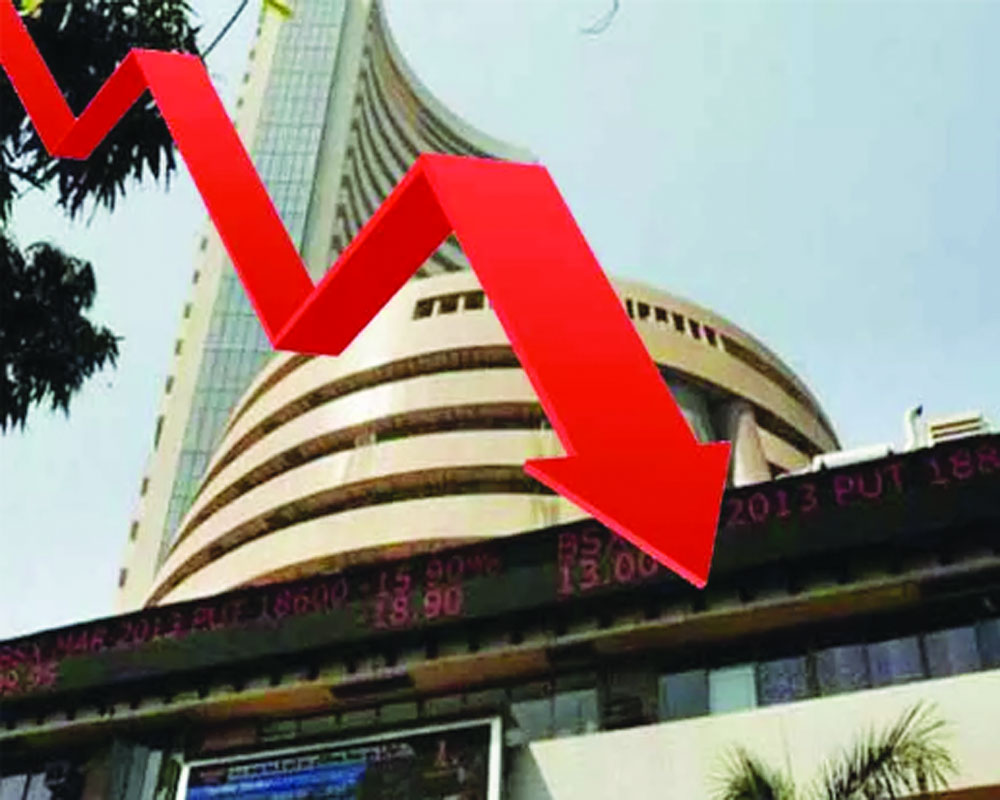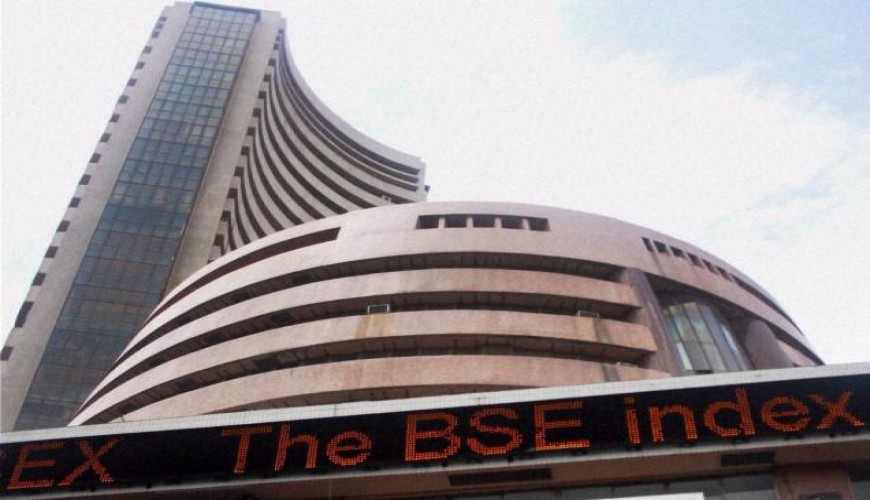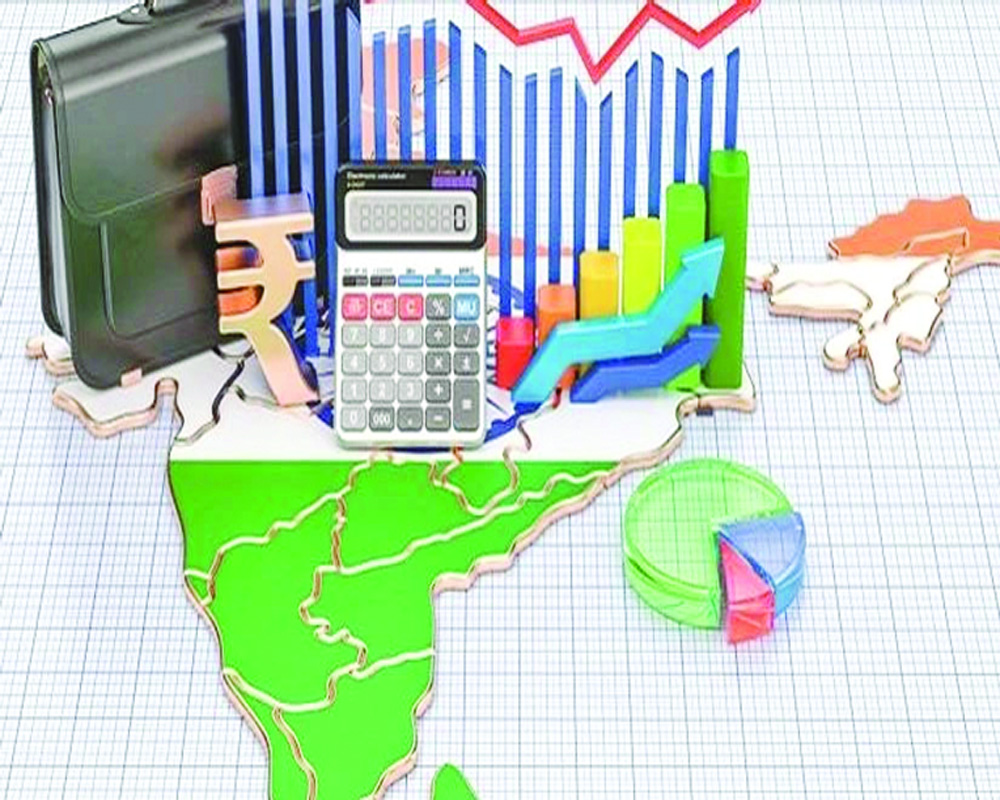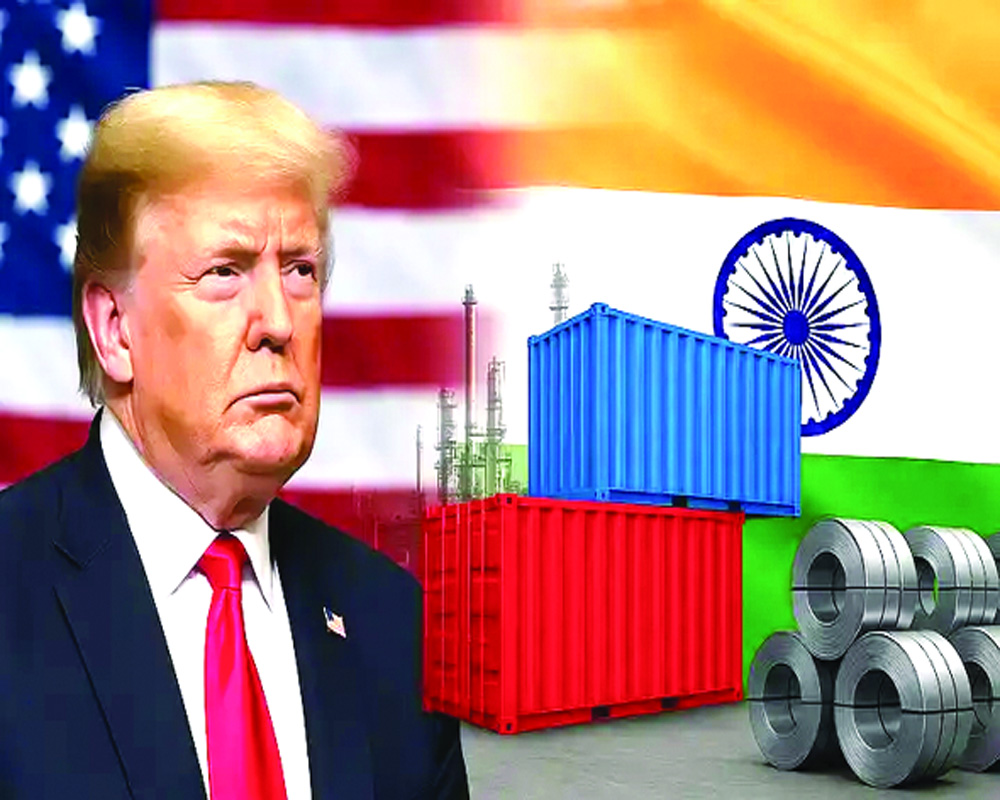India’s rising COVID-19 numbers and a second wave in the West mean that economic revival is a long way off
China has enjoyed showing its thumb to the world and in a brazen display of insensitivity, it recently allowed a mass beach party to take place in the city of Wuhan, the epicentre of the contagion that is ravaging the lungs of people across the world as well as the global economy. Stock markets worldwide are in a tumble once again as renewed curbs across Europe, following a resurgence of the pandemic, cast a shadow on economic activity that was picking up pace. The cascading impact hit D Street, too, as foreign portfolio investors and domestic institutions dumped shares, plunging graphs southwards. And although our market has recovered by about 50 per cent from the lows of March, it is still patchy and any decelerator sends it crashing too. Large countries like the UK as well as several cities and states across the US are being forced into another round of lockdown to prevent a devastating “second wave,” which means shuttering businesses that had opened. In India, while numbers have stabilised, albeit with lower testing numbers as well as evidence that district and city level officials are restricting testing deliberately, the pandemic appears to have become a fact of life with most cities whirring back. In Kerala, the State Government is allowing asymptomatic workers to return to their jobs in a secluded work zone. Yet, full steam ahead is quite a way off. While the impending festive season and the action in the Indian Premier League (IPL) will bring a spending boost, the levels will be nowhere close to those of past years. The problem is while businesses aren’t completely dysfunctional, allowed as they are to operate freely in non-restricted areas, they are inter-connected to supply and distribution chains across States. Stalling of operations in one hub in a badly-hit State is bound to affect others as the cascading effect slows down the sector a particular business is into, and thereby grunts the overall economy. With attendance and production capacity affected by restrictions, some sectors cannot even take off optimally. Bengaluru is a prime example. With most IT workers having left the city through a series of lockdowns, they returned in waves, thereby, slowing down the desired momentum for recovery. All such micro-blocks are threatening to disrupt the little gains made in reviving the economy. A slew of economic relief measures, too, has failed to inspire confidence among businesses as corporate finances remain squeezed, sales have not regained momentum and demand remains low. Even the amount allocated for bailing out MSMEs remains largely undistributed.
As some have described it, 2020 is a lost year, a year spent bleeding and that can only stop next year. Anyway the process of full recovery will not start before 2022. That said, others are still quite hopeful of a rebound economy and while expecting numbers to be lower than before, they feel they would be fairly decent. Many of these people are seen in the stock exchanges betting big. The rise in the price of many major stocks despite the lost first and insipid second quarters of the year was a sign that some would hold out long-term. As long as COVID-19 is around, there will be a continuing drop in demand and supply chain inconsistencies. Besides, there are sectoral spurts while the economy as a whole needs to stabilise. Given the Government’s long-range structural reforms, stimulus and relief by RBI, many investors are still using the volatility to their advantage by focussing on long-term prospects and asset allocation and choosing to build a solid portfolio. While many Indians do not have a choice but to live with the virus, some nations might prioritise differently. That said, it appears that the virus will keep on coming back. If we are to learn anything from the 1919-1920 Spanish flu epidemic, it is that it just took time to eliminate it. Vaccines did not exist then. But a price of asking for time will be that the economic bleeding might last longer and many worry that a body without any blood is not worth saving. So, will 2021 also be frightening year? It is a question worth asking now. Global ratings agency Fitch has already estimated that the Indian economy is expected to contract by 10.5 per cent in 2020-21. And while industry federations are hopeful that growth can be expedited through continued government support and hand-holding of businesses during this crisis, they are still cautiously optimistic about full capacity utilisation. This is going to be a long road to recovery.
(Courtesy: The Pioneer)








 OpinionExpress.In
OpinionExpress.In















Comments (0)